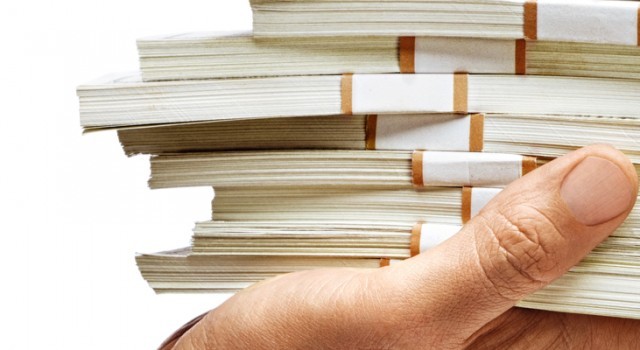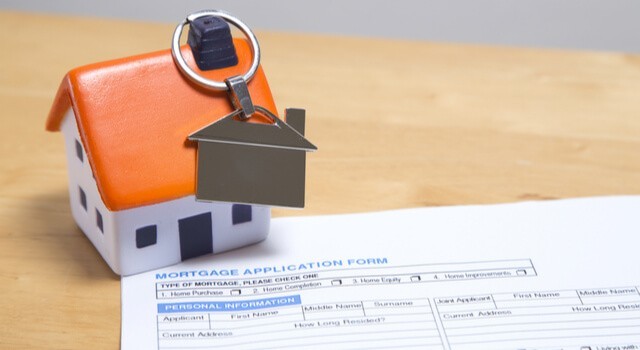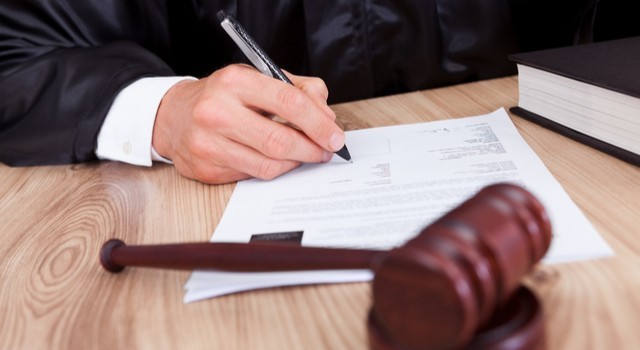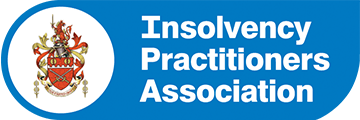The only situation when you may be required to take money out of your pension scheme is if you’ve made large deposits into your pension in the period just before being sequestrated. If this has happened then these payments may be reversed and taken back from your pension. This will typically only apply if you’ve been paying more than 15% of your income into your pension. Excessive pension contributions will only be considered if the Trustee deems that they were made with the sole purpose of putting cash beyond the reach of your creditors.
- Can I continue to make contributions to my pension?
Typically you will be allowed to continue to pay into an existing pension; however the rules vary depending on the type of scheme you are enrolled with.
If you are employed and paying into a pension scheme run by your employer, you will usually be allowed to continue to pay into this following sequestration. However you may face a restriction on the amount you are able to contribute. If you are paying in a significant percentage of your salary, you may be asked to reduce this amount, bringing it down to the minimum contribution level.
If you are paying into a personal pension the rules are slightly different. There is usually less flexibility with this type of scheme. You may find yourself being asked to suspend any payments until the end of your sequestration. However this will depend on your age and other circumstances. If you are forced to stop making contributions to a personal pension, you will be able to start your payments again once you’re discharged. Regardless of this, any money you currently have saved in a personal pension will be afforded the same protection as a workplace pension.





